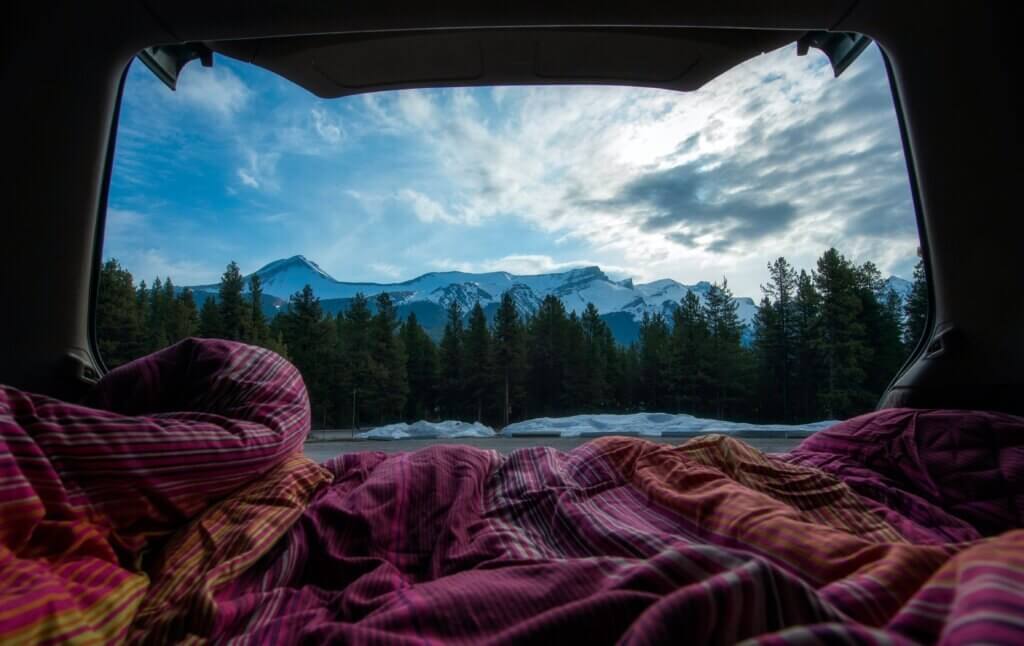Comfort is key when you’re travelling in your RV. Whether it’s a short or long journey, you will want to know that you can enjoy every second of your journey from start to end.
One of the key factors in comfort is temperature. Being too cold when driving can cause you to feel uncomfortable and stiff. It could also reduce your circulation and cause your hands and feet to go purple, tingly, and numb.
A cold environment can also be unenjoyable and even harmful to pets. So, if you’re caravanning with pets, it’s even more important to keep the inside of your vehicle nice and warm for your furry friend.
Thankfully, there are lots of steps you can take to stay warm and have a comfortable adventure when you’re heading off on a long trip in your RV.
Place an Electrical Heater in Your Vehicle
Most RVs have built-in heaters that use the warmth of the running engine to heat the inside of the vehicle. However, you can use portable heaters to make it even cosier inside your RV whilst you’re driving it on the roads.
Make sure your heaters work properly before you set off on a long journey, and consider choosing eco-friendly devices that won’t consume too much electricity. Make sure to choose heaters with safety features, such as tip-over switches and overheat protection, to reduce the risk of electrical fires in your vehicle.
If you’re going camping, check that your water heater works, too. You might need replacement camper water heaters if your current devices are broken.
Check Whether Your RV Has a Climate Control Feature
Many modern vehicles have a built-in feature known as climate control. This handy mechanism enables you to select a temperature, and your vehicle will adjust the temperature and blower intensity of the heaters automatically to maintain your chosen environmental temperature.
Your vehicle might not have climate control. In this case, you will need to consider some of the other insulation methods for long journeys. However, it’s worth checking your vehicle manual and having a look at its features to identify whether it has climate control capabilities.
Cover Yourself with a Blanket and Layer Up
Of course, you can also use traditional and non-technological methods of insulation when taking long trips in your RV, such as covering yourself with a fluffy throw or blanket. Place a blanket over your knees to keep your legs warm, making sure it doesn’t trail onto the floor and get in the way of your pedals.
You can also wear more layers to stay warm and cosy when you’re driving your RV. Wear a vest under your shirt, add an extra jumper, or wear your large coat for maximum warmth during the colder months. If you’re hiking up Ben Nevis or camping outdoors, you can use these extra layers of clothing to prevent frostbite.















